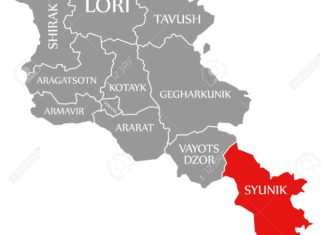By Ismail Akbulut
Special to the Mirror-Spectator
In a tweet fired off earlier this month, Turkish sociologist Yahya Mustafa Keskin from Abant Izzet Baysal University took aim at journalist Hayko Bagdat — who has Armenian roots — by mockingly referring to him as the “remains of the sword.” This might seem cryptic for the average English speaker, but Keskin was insulting Bagdat’s family as the lucky ones who managed to survive the 1915 Armenian Genocide carried out by the Ottoman Turks. Keskin then drove his point home by saying that Turks have never committed any genocides.
Author Jason Stanley argues in his recent book How Fascism Works that fascist regimes, especially ones with a history of atrocities, always emphasize a mythical narrative that portrays its own past as morally pure and free of tarnish. Today’s Turkey not only denies its role in the Armenian Genocide, but is in the midst of carrying out atrocities against its own citizens, according to many academics and politicians. Today’s victims are Turkey’s marginalized dissidents: liberals, leftists, Kurds and, most notably, participants of the Gulen Movement (GM), or Hizmet.
Members of Hizmet were once accepted as legitimate players in Turkey’s complex body politic until the movement ran afoul of current Turkish President Erdogan, who now refers to them as terrorists. Hizmet members are publicly demonized, have their assets and wealth confiscated, and their passports revoked. Many have been and are tortured, abducted and even murdered.
While participants of the GM are enduring these heinous atrocities in Turkey, GM participants active at the Colorado-based non-profit Multicultural Mosaic Foundation made a historically meaningful and courageous gesture last month by screening the film “The Other Side of Home.”










